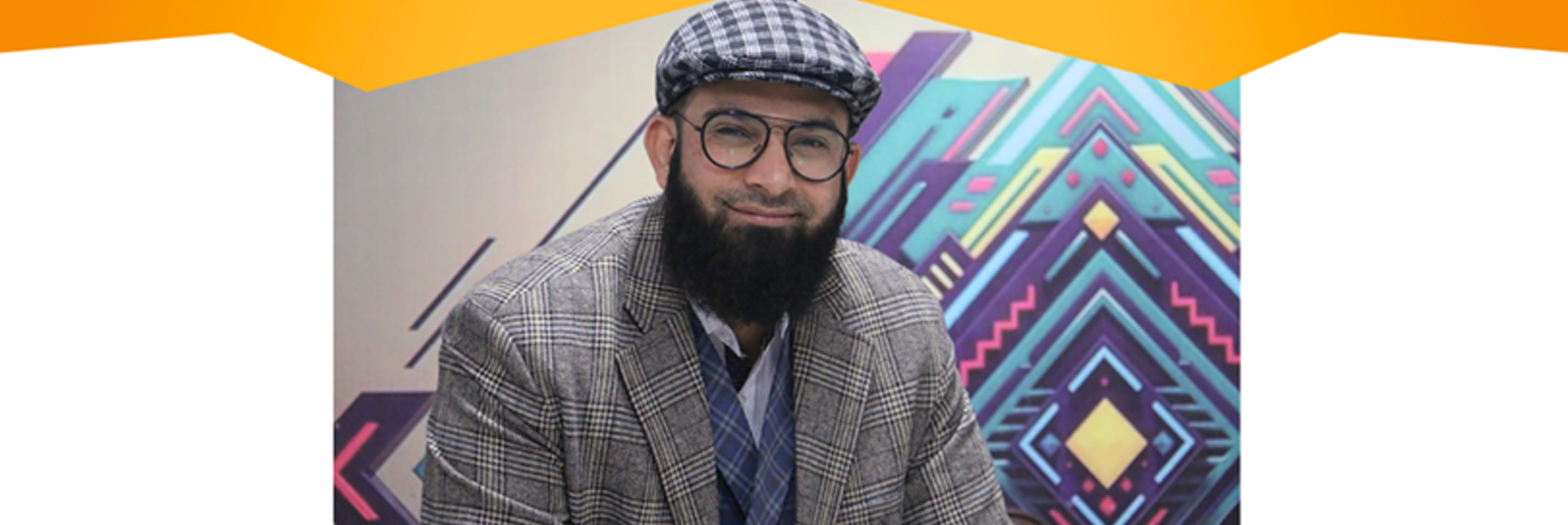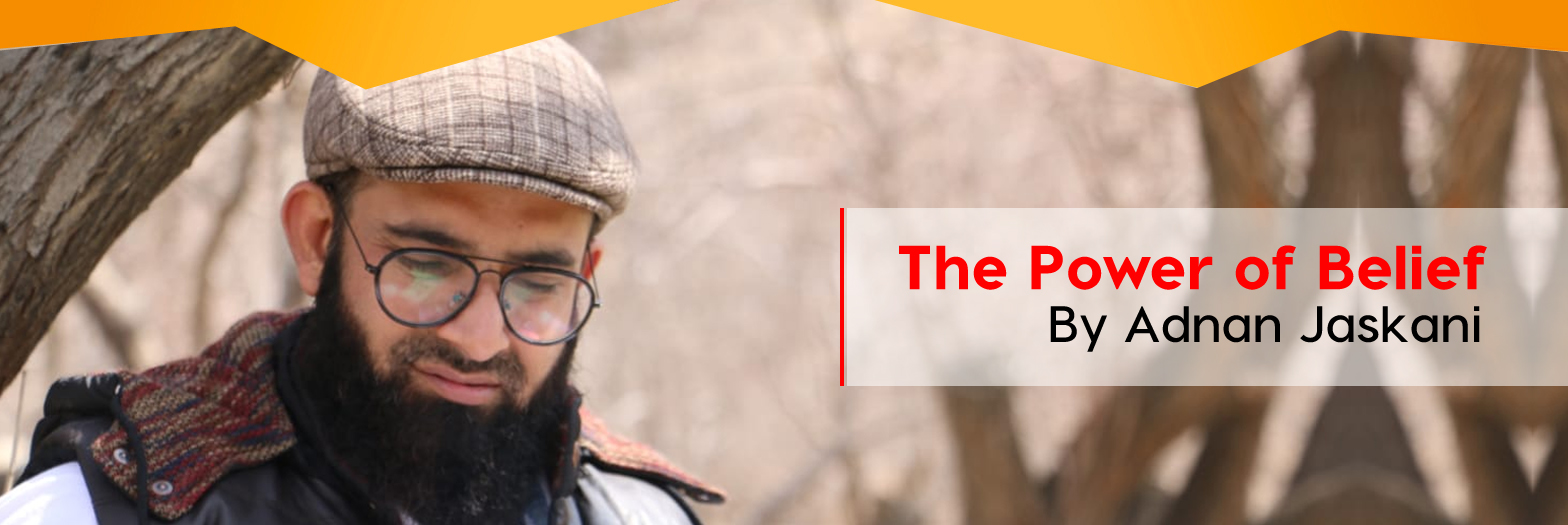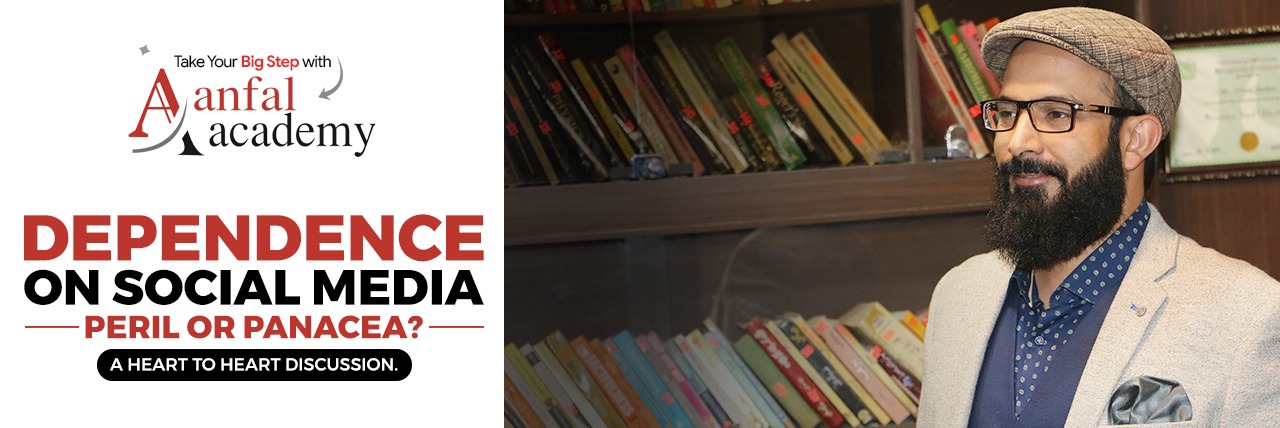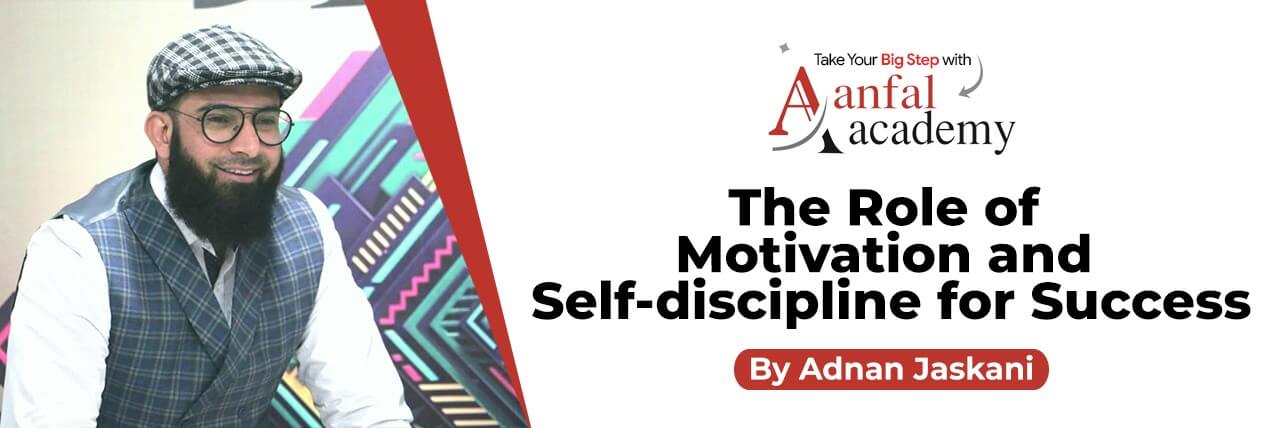Every year thousands of candidates, from different backgrounds, apply for the prestigious CSS/PMS/PCS exams but only a few are fortunate enough to pass.The rest lose the race primarily because of failing the English Essay and composition paper. Henceforth, these two are the subjects, being the most tactical, from which every other CSS/PMS/PCS aspirant fears the most
In this article, we shall not only discuss the reasons why most of the candidates couldn’t make through these papers, but will likewise give answers to conquer the defects.
The most commonly mentioned flaws, according to the FPSC’s/BPSC’s examiner report are:
- Wrong use of English; grammatical/spelling mistakes and flawed sentence structure.
- Stereotypical information
- Inadequate/irrelevant content
- Poor understanding of the topic
- Lack of academic writing skills
- Not abiding by the essay/précis writing techniques
To state in a nutshell, the reasons (which the examiner defines distinctively) it is a candidate flawed expression, the inability of understanding and unawareness of the standards of formal writing that often takes him to the dungeon
The Question arises: Despite studying English throughout our 14 or 16 years of educational period (as per the eligibility rules) why the examiner finds a candidate’s English language skills so poor?
Probably because all these years, in our education system at all levels, English is treated as a “Subject” rather as a “Language”. Just like Newton’s Laws of Motion or the Pythagoras theorems, we by default tend to cramp the grammatical rules of the English Language. We sometimes, fail to understand the drastic outcome of the traditional method of rote learning that we have been exposed to since we have ventured into schools.
Obviously! The conversation here doesn’t plan to change the spoiled framework (not to get off the track) however to patch our methodology.
So the most important trick is to Treat English as a Language
In a class, you are taught the Dos and Don’ts of English. What’s next? PRACTICE!
We all started speaking our native language from a very young age. Do you ever think of how we did that? We heard our family members, started to utter few words, mispronounced at first but we never quit trying until it got perfect. Similar is the case with the local languages that we learn at any point in life.
The problem with the English language is that we are not exposed to native English speakers, but how about watching an international news channel and investigating how and where the correspondent uses the strategy or the standard you are instructed in the class.
Another most significant proposal that can fill in as a solution for all your language defects is to READ and afterward WRITE
“I kept always two books in my pocket, one to read, one to write in.”
– Robert Louis Stevenson
Sadly, it is our dilemma that, as technology advances, the culture of reading books is fading. Students rely on the brief handouts the lecturer provides or Google(ing) the summaries. In the wide ocean of knowledge that the internet provides; the thin line between the authentic and unauthentic content has blurred. Public libraries, left few, are under-maintained. Hence, the importance of reading, or developing it as an essential habit, is least emphasized. However, no one can deny the fact that reading not just increases one’s authentic bank of content but enables a reader to understand what formal academic writing actually is.
The arrangements expressed (Read + write= Practice) are the center strategies of acing a language that almost every other candidate overlooks resulting in failure. Not to state that efforts are not put in- indeed multidimensional- but not straight into the bull’s eye.
The Writer is an Award-winning Educationist in Pakistan







